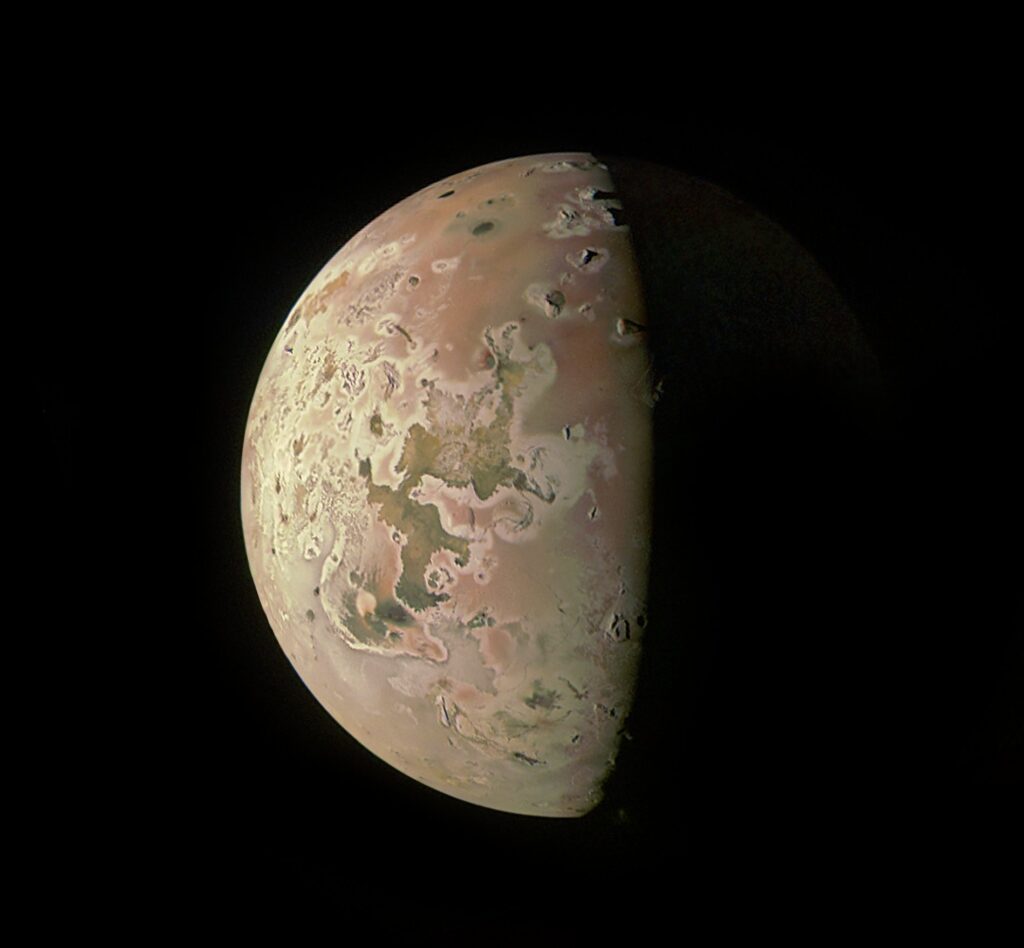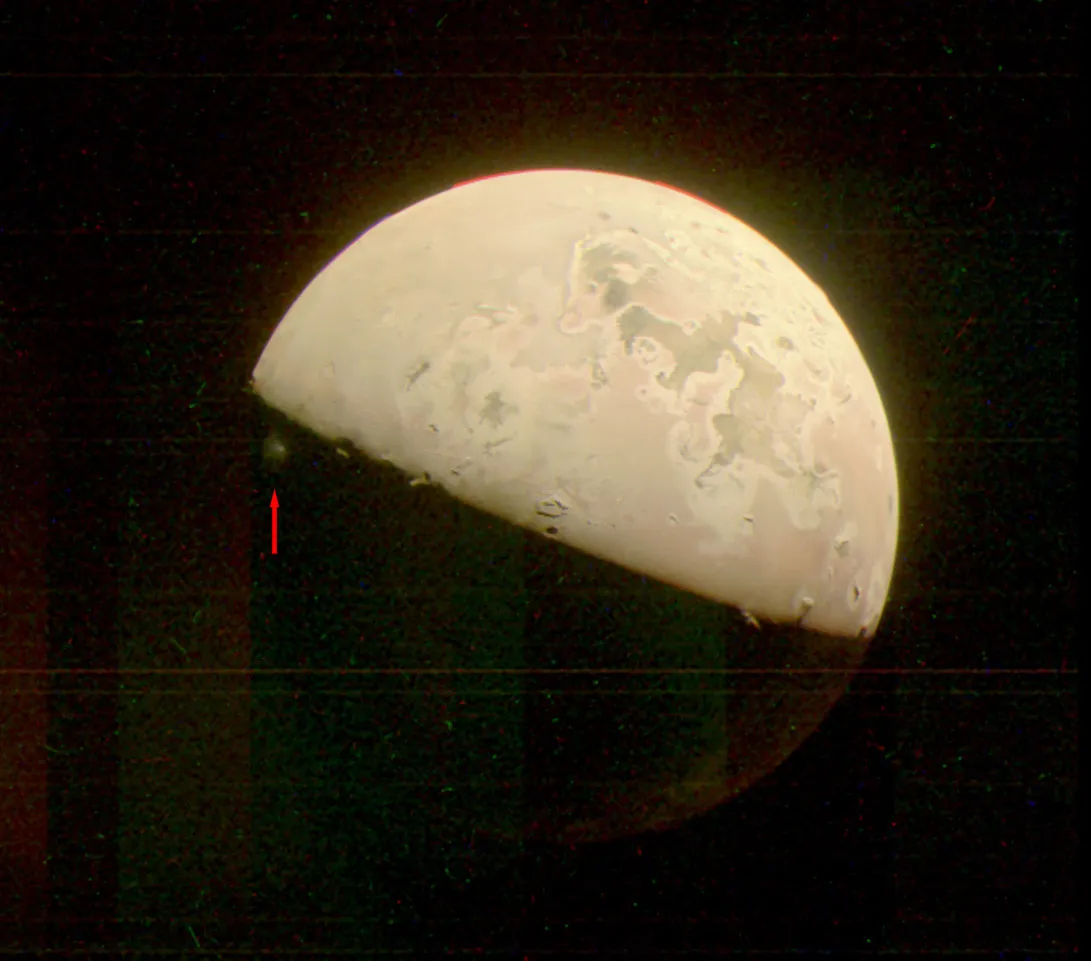On December 30, the Juno probe will make the closest visit to Io during its entire mission. The Earth messenger will fly at a distance of only 1.5 thousand kilometers from the volcanic surface of the moon. In the last 20 years, no spacecraft has ever gotten so close to Io.
The most active world in the Solar System
Io is the most volcanically active world in the Solar System. There are hundreds of active volcanoes on the surface of this moon that are continuously erupting, altering its landscape. The length of their lava flows can reach hundreds of kilometers. There are also entire lakes on Io filled with molten sulfur.

The reason for this activity is tidal interactions. Both the gravity of Jupiter and its moons Europa and Ganymede contribute. It literally stretches and compresses the moon, causing its interior to be in the state of a lava ocean.
Not unexpectedly, scientists are using every opportunity to gather more information about Io. This year, Juno has already made several flights to the moon, but the visit scheduled for December 30 will be a record. The last time a spacecraft approached Io at a shorter distance was in 2002 (it was the Galileo probe).
Record flight of Io
During the upcoming flyby, Juno will study Io’s volcanic activity. The JIRAM instrument (Jovian Infrared Auroral Mapper), operating in the infrared range, will collect thermal signatures emitted by volcanoes and calderas. The Stellar Reference Unit (Stellar Sensor) will receive the highest resolution surface image to date. And the JunoCam camera will take color pictures in visible light.

It is worth noting that in recent months, the effects of the harsh radiation environment in the vicinity of Jupiter have begun to affect JunoCam. The images taken during the last flight show a reduction in the dynamic range of the camera and the appearance of noise. The engineering team is working to reduce radiation damage and keep JunoCam operational.
On February 3, Juno will meet with Io and again pass at a distance of 1,500 km from its surface. These two flights reduce the pericenter of its orbit from 38 to 33 days. In the future, the spacecraft will make several more visits to Io, but each time the distance will increase
Starting in April 2024, the spacecraft will begin a series of experiments during which it will explore the upper layers of Jupiter’s atmosphere. This will provide key information about the shape and internal structure of the planet. The Juno mission is designed to operate until the end of 2025.
According to https://www.nasa.gov
Follow us on Twitter to get the most interesting space news in time
https://twitter.com/ust_magazine


